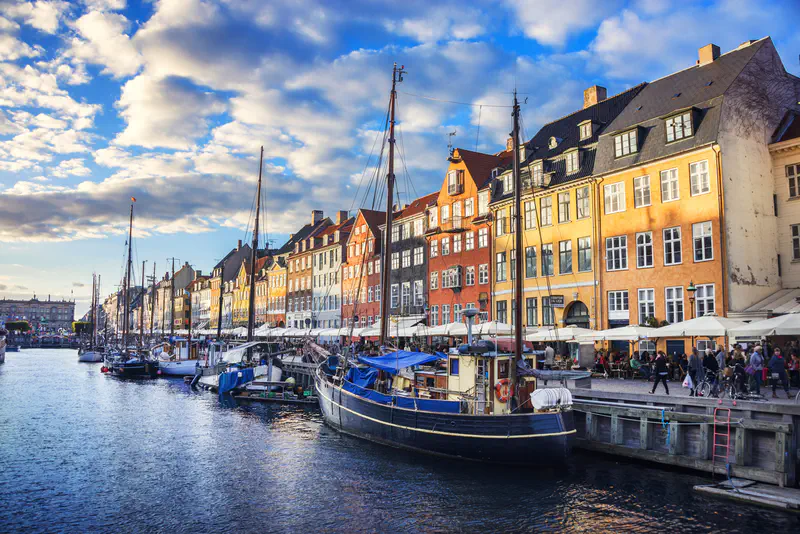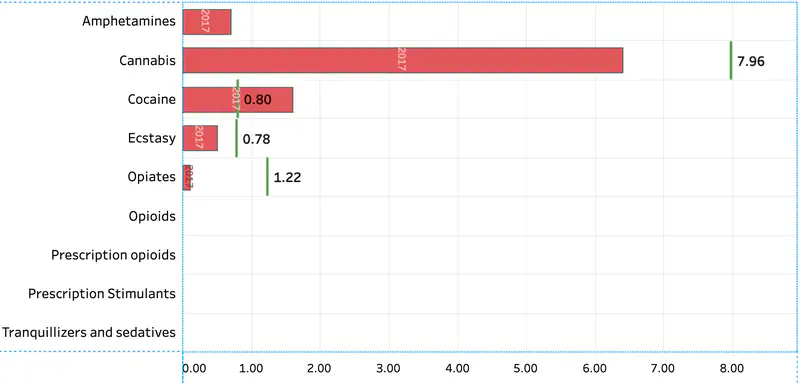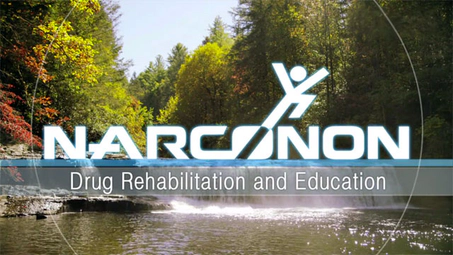Denmark and Its Drug and Alcohol Abuse Situation

Every country, no matter how healthy and happy they appear on the outside, has plenty of individuals who struggle with alcohol, drug abuse and addiction. While Danes have a reputation for being happier than average, many of them are struggling with alcohol and cannabis abuse, with the rates of both problems running higher than the EU average.
Alcohol Use in Denmark
Alcohol consumption takes a severe toll on Danes. Thirty-seven percent of Danish adults recently reported regular heavy alcohol consumption, nearly twice the EU average. About 6% of the deaths in the country are attributed to alcohol.1
In a recent survey, more than half the 15- and 16-year old youth surveyed said they had at least one episode of binge drinking in the last month. This is the highest figure among all EU countries.
The ESPAD (European School Survey Project on Alcohol and Other Drugs) survey of 15- and 16-year old youth found that more than 70% of these youth had drunk alcohol in the last month, much higher than the typical EU rate. Among adults, almost twice as many men binge drink as women.2
Addiction to Cannabis
Danes consume cannabis at a rate significantly higher than the rest of the EU. Among all ages, 6.4% use this drug.3 But among those aged 15 to 35, 19% consume it.4 Of the nearly 5,000 people in drug treatment, nearly 64% are there to get help for cannabis addiction.

Courtesy of the United Nations Office on Drugs and Crime
Here’s some of the most significant facts about cannabis use in Denmark:
- Cannabis isn’t only the top drug sending people to rehab for the first time—it’s also the top drug sending people back to rehab for a repeat visit.4
- It’s estimated that one in five young adult men used cannabis in the last year, about twice the rate of young women.
- Less than one percent of the general population used cannabis daily or nearly daily, but of course, these will be the individuals most in need of treatment.
- The most common form of cannabis to be seized in the country is hashish (resin). Seizures have skyrocketed in the last few years while seizures of herbal cannabis have remained low.
- In 2017, there were a remarkable 15,364 cannabis seizures amounting to nearly 4,000 kg.5
- THC levels in Denmark’s cannabis resin (hashish) are high which undoubtedly contributes to this being the top drug sending people to rehab.5 Here are the ranges in the THC levels found in three of Denmark’s cities:
- Copenhagen: potency ranged from 20% THC to 41%
- Århus: 7% to 36%
- Odense: 9% to 35%
This high potency may relate to changes made by resin manufacturers in Morocco. These growers have begun cultivating crop varieties with higher THC levels, undoubtedly to gain an advantage in the markets where their products are consumed. But the consumers pay the price in higher rates of addiction.
Much of Denmark’s hashish comes from Morocco through Spain to the Netherlands and finally to Denmark. Lebanon and Afghanistan also produce hashish that makes its way into the country.
Other Drugs in Denmark
The drug in second place for sending people to rehab is cocaine (15.9%).4 In third place is opioids of any type (12%). Oddly, opioid drugs constituted the top class of drug sending people to rehab in 2007, but this declined from 44% of those entering rehab to less than 13% by 2015.
Cannabis has taken the place of opioids. In 2018, 3,069 people entered rehabs for cannabis addiction, with half of them returning for repeat treatment.4
As the number of people entering treatment for opioids has reduced, so have accidental poisonings from heroin. At the same time, accidental poisonings from other opioids (such as methadone) and stimulants such as amphetamine and cocaine have increased. The total number of accidental drug poisonings increased from 1,497 cases in 2008 to 2,523 in 2017. Methadone was the top opioid causing overdose deaths.4
Three times as many men are lost to overdoses as women and there is a surprisingly even distribution across all age groups above 20 years of age.4 Those most likely to be arrested for drug offenses are also male and tend to be young, unemployed, have lower levels of education and previous arrests.5
The newest trend in Denmark’s drug trafficking is the frequent use of private groups within open social media networks, particularly Facebook.6 An investigation found 26 of these Facebook groups facilitating drug sales.
Drug Treatment in Denmark
Drug treatment in Denmark is largely financed by the government and is available to Danish citizens.4 Access to drug treatment is guaranteed to drug users who are over the age of 18. Treatment is made available within 14 days of first request or contact. In some cases, treatment is also available to drug users under the age of 18. The Danish municipalities are responsible for assisting individuals through referrals for medical and social treatment of drug use and for preparing a treatment plan. The treatment programs offered must be within the framework of a prescribed treatment plan.
Opioid users are mostly offered opioid substitution treatment (OST) programs. This is where substituion medications are used along with psychosocial counseling. Most clients are treated with methadone and buprenorphine-based medications in OST programs. There are alternative solution to opioid substitution available for those who are seeking full abstinence.
Most individuals seeking treatment are treated in outpatient settings. Outpatient treatment programs allow an individual to carry on with their work and school activities and require initiual consultation and meetings and then the schedule for regular meetings are deteremined in the treatment plan. Usually, the intervals of meetings will gradually increase over time until the end of treatment.
Inpatient treatment and referrals have been declining in Denmark over the years. However, inpatient treatment may still be referred if it is determined to be necessary as part of the treatment plan.
For those who have tried opioid substitution treatment or outpatient programs and have not found success, or who seek immediate care for drug or alcohol addiction, there are also alternative, private treatment centers as well.
Sources:
-
European Commission (2019), “State of Health in the EU Denmark Country Health Profile 2019.” EU Commission Denmark 2019 (PDF) ↩︎
-
European School Survey Project on Alcohol and Other Drugs (ESPAD) (2019), “ESPAD Report 2019: Results from the European School Survey Project on Alcohol and Other Drugs” ESPAD School Survey 2019 (PDF) ↩︎
-
United Nations Office on Drugs and Crime (2019), “Annual prevalence of drug use (latest year available) relative to the 2019 global estimate.” UNODC Report-Denmark, Drug demand ↩︎
-
European Monitoring Cenre for Drugs and Addiction (2019), “Denmark—Country Drug Report 2019.” EMCDDA Report (PDF) ↩︎ ↩︎ ↩︎ ↩︎ ↩︎ ↩︎ ↩︎
-
Nordic Welfare Centre (2019), “Cannabis policy and legislation in the Nordic countries—A report on the control of cannabis use and possession in the Nordic legal systems.” Nordic Welfare Centre Report (PDF) ↩︎ ↩︎ ↩︎
-
European Monitoring Cenre for Drugs and Addiction & Europol (2019), “EU Drug Markets Report.” EMCDDA & EUROPOL Report 2019 (PDF) ↩︎

